Opening Talk
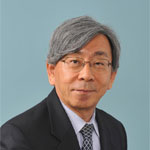 | Nobutaka Hirokawa (The University of Tokyo, Japan) |
Keynote Talk
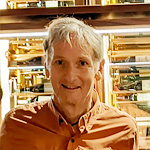 | Cliff Tabin (Harvard Medical School, USA) |
Symmetry Breaking
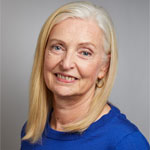 | Martina Brueckner (Yale School of Medicine, USA) |
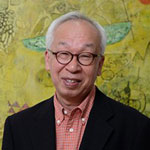 | Hiroshi Hamada (RIKEN Center for Biosystems Dynamics Research, Japan) |
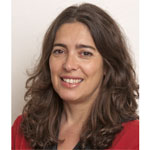 | Susana Santos Lopes (NOVA Medical School, Portugal) Susana Santos Lopes received her PhD from the University of Bath, UK in 2003 where she studied in the lab of Robert Kelsh (Bath, UK). Using the zebrafish as a model organism she became very interested in concepts such as cell fate specification and cell commitment. Her expertise in this model organism goes back 24 years. Back to Portugal, she developed 5 years of postdoctoral work in Leonor Saúde’s lab where she became very motivated to study the role of cilia in the initial steps of embryonic laterality. Her studies as a postdoctoral fellow were innovative for revealing a new role of Notch signalling in Cilia length control. While still a post-doc, during 2010 she applied for her first Science and Technology Foundation grant as Principal Investigator and was selected for funding. This project granted her the opportunity to become independent and by the end of 2010 she applied for a junior group leader position at CEDOC (Chronic Diseases Research Centre) at the Faculty of Medical Sciences of Lisbon. Since then, she established the ‘Cilia regulation and Disease Laboratory’ and has focused on the early establishment of left-right using the zebrafish embryo as modem system. Her studies are at the interface between physics and biology and have shown properties of the zebrafish LRO cilia and the flow they generate. Susana also investigates the causes of Primary Ciliary Dyskinesia for both research and diagnostic purposes. |
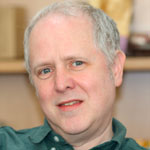 | Dominic Norris |
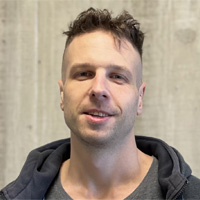 | Tim Ott (University of Hohenheim, Germany) Tim Ott received his Dr. rer. nat. (Ph.D.) from the University of Hohenheim, Germany in 2020, where he mainly studied disease genes of ciliopathies in the group of Martin Blum. This work was recognized with the Unibund Science Price in 2021. He stayed in the group as a postdoc and focused primarily on the nature of events leading to symmetry breakage in vertebrates with a fluid-flow generating left-right organizer. |
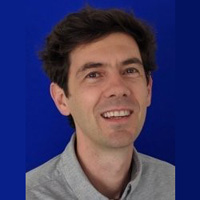 | Julien Vermot (Imperial College London, UK) |
Signaling & Organogenesis
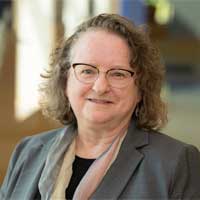 | Marnie Halpern (Dartmouth University, USA) |
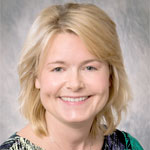 | Natasza A. Kurpios (Cornell University, USA) |
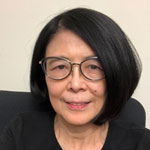 | Cecilia Lo (University of Pittsburgh, USA) |
 | Sigolène Meilhac (Imagine-Institut Pasteur, INSERM, France) Sigolène Meilhac was trained at the Ecole Normale Supérieure, received her Ph.D. from the University of Paris in 2003, and worked at the Gurdon Institute of Cambridge (UK). |
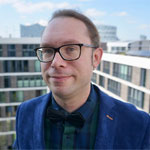 | Sebastian Ocklenburg (University of Bochum, Germany) |
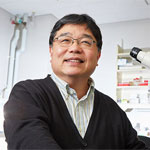 | Hitoshi Okamoto (RIKEN Center for Brain Science, Japan) |
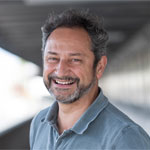 | Heymut Omran (University of Münster, Germany) |
Diversity among animals and plants
 | Max Fürthauer (iBV – Institut de Biologie Valrose, France) |
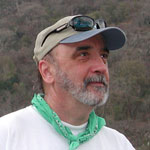 | William R. Jeffery (University of Maryland, USA) Reiko Kuroda (Chubu University, Japan) |
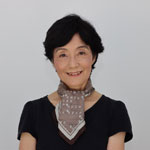 | Reiko Kuroda (Chubu University, Japan) |
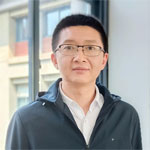 | Guang Li (Xiamen University, China) |
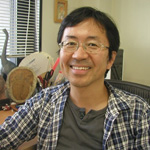 | Kenji Matsuno (Osaka University, Japan) |
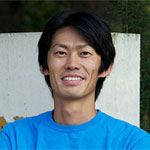 | Masayoshi Nakamura (Nagoya University, Japan) |
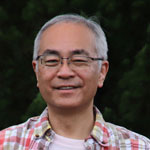 | Hiroki Nishida (Osaka University, Japan) |
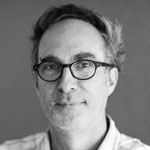 | Stéphane Noselli (iBV - Institut de Biologie Valrose, France) |
Chirality of macromolecules
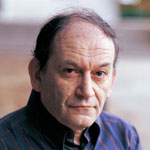 | Alexander Bershadsky (National University of Singapore, Singapore) |
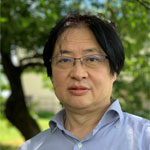 | Kohji Ito (Chiba University, Japan) |
 | Jumpei Sasabe (Keio University, Japan) |
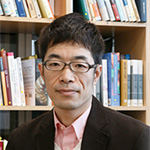 | Tatsuo Shibata (RIKEN Center for Biosystems Dynamics Research, Japan) |
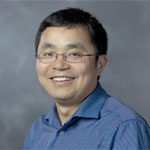 | Leo Q. Wan (Rensselaer Polytechnic Institute, USA) |